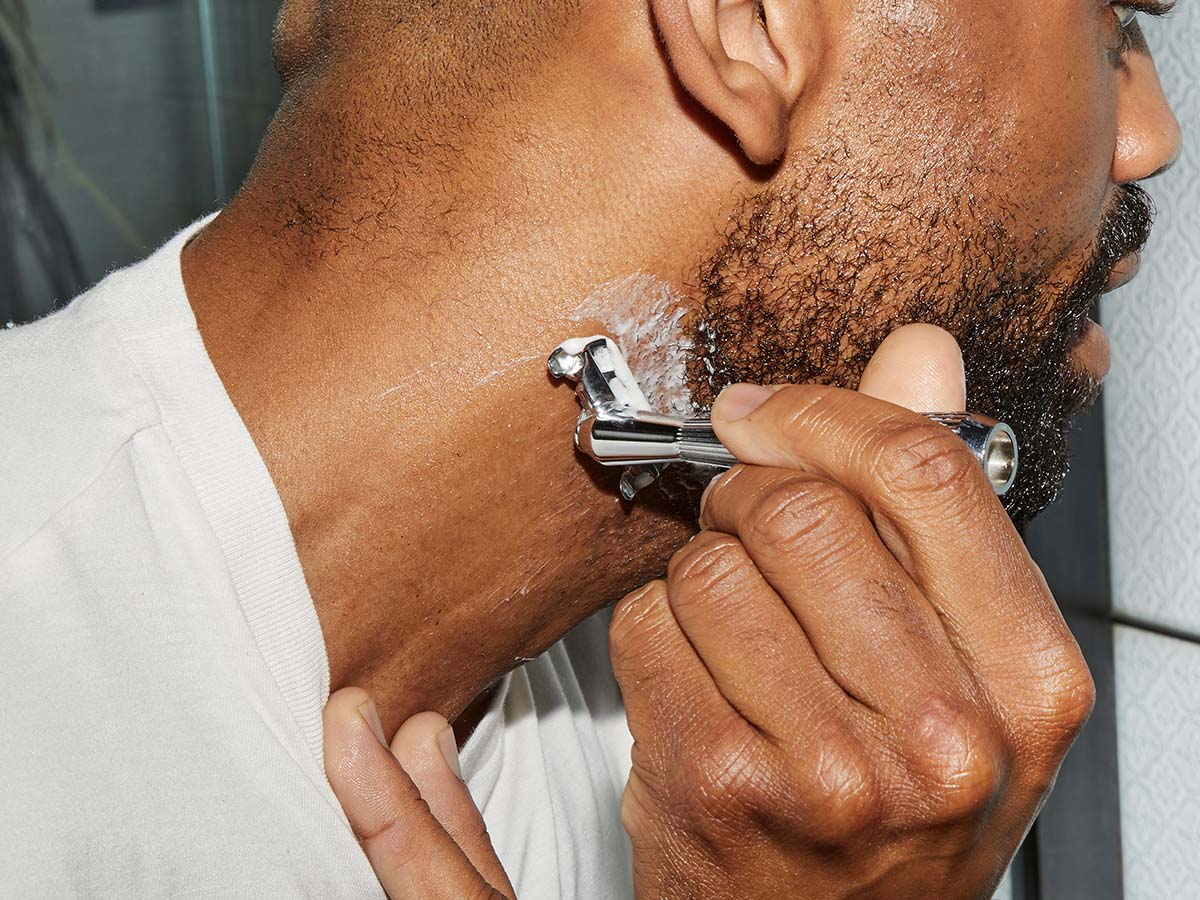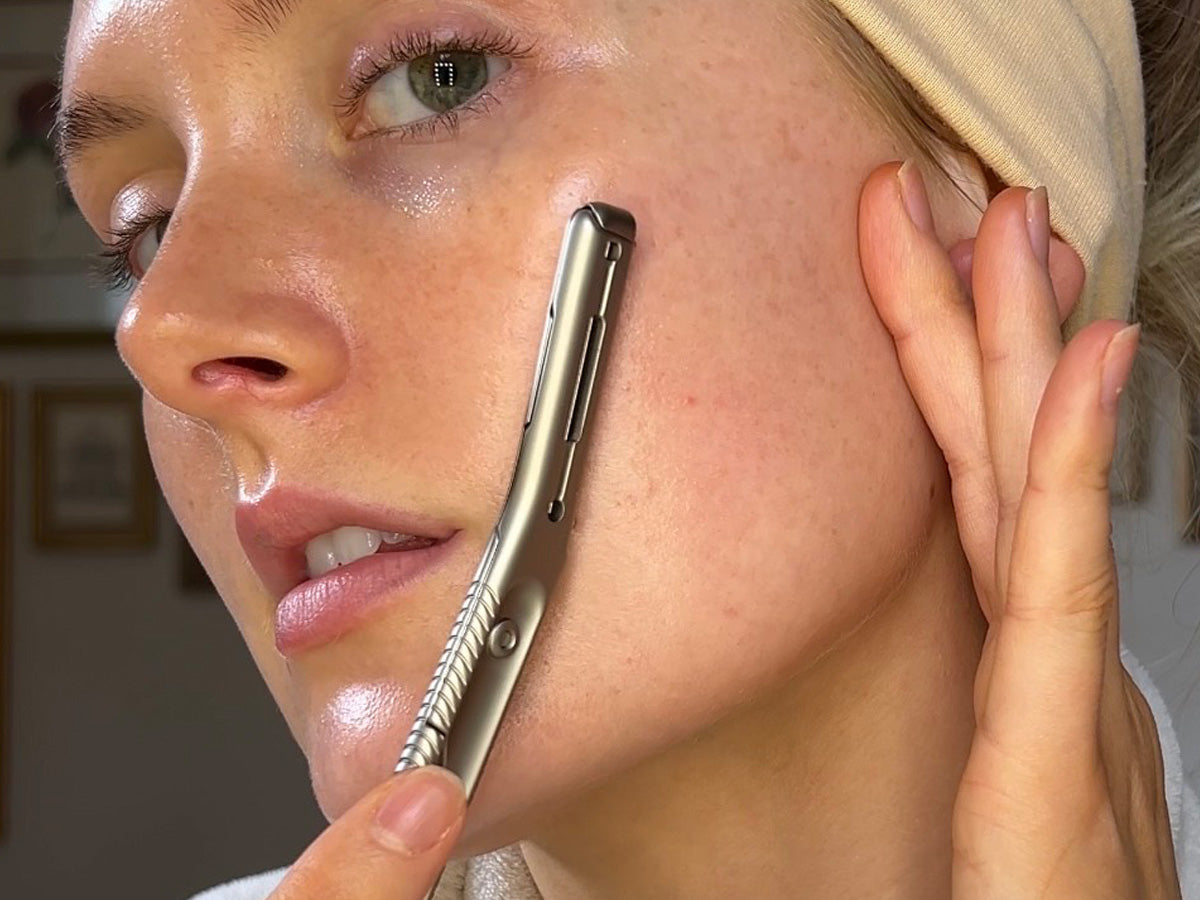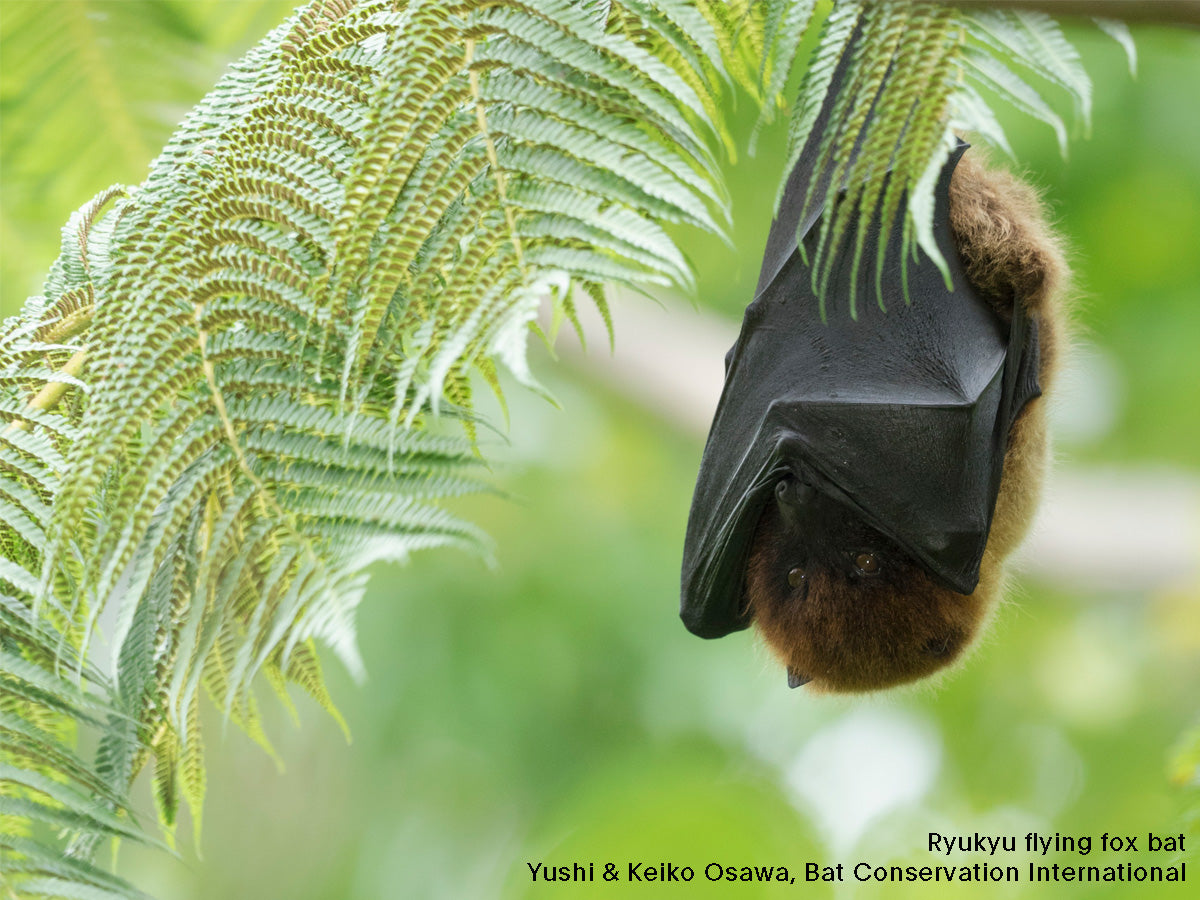Razor bumps, also known as pseudofolliculities barbae (or ingrown hair), can be a frustrating result of shaving for many face shavers, particularly in the neck area. It's important to understand that there are some things in your control, and some things (genetics leading to skin or hair types predisposed to ingrown hair) out of your control. But understanding the underlying common issues can help you adjust your shaving routine to put your skin in the best position to minimize and manage ingrown hair.
Common Causes of Razor Bumps on the Neck
- Shaving Technique: This can be frustrating because what leads to the closest/longest-lasting shave is often at odds with good technique to prevent ingrown hairs. Shaving against the grain of hair growth may lead to follicle irritation and subsequent razor bumps when the hair is growing back. especially with coarser or curlier hair.
- Dull Blades: Shaving is an irritating experience for your skin. When you shave with dull blades, you'll cause unnecessary follicle irritation and inflammation, which can lead to razor bumps. Additionally, the tip of the hair being shaved may end up more blunt rather than a sharper tip, which may cause it to curl back under your skin as it regrows between shaves.
- Curly or Coarse Hair: Individuals with curly or coarse hair are more prone to developing razor bumps, especially with a very close shave where the resulting hair is being shaved at, or below, the level of your skin.
- Sensitive Skin: If your skin is generally more sensitive (you know who you are!), irritation and inflammation that you experience after shaving will be more frequent than someone without sensitive skin.
- Lack of Pre-Shave Preparation: Failure to properly prepare your skin and hair before shaving can exacerbate issues with razor bumps. Insufficient hydration, exfoliation, and softening of the hair follicles make it more likely for hairs to become trapped beneath the skin's surface.
Effective Solutions for Razor Bumps
- Pre-Shave Preparation: Begin by thoroughly cleansing your skin with a gentle cleanser to remove dirt, oil and debris. Follow up with a warm towel, or exposure to warm running water, or a shave oil to soften the hair and open the pores. All of these things will make it easier for the razor to glide smoothly over your skin, and this will reduce trauma to the hair follicles and your skin in general.
- Use Quality Razors and Blades: Opt for a sharp, clean razor, this may mean that you're changing your blades more often than you're used to doing. Find a high quality razor that can be refilled with sharp blades that don't cost a lot of money.
- Shaving Technique: This is going to be a hard one for many people, but if you truly struggle with ingrown hair then this is a must: stop shaving against the grain of hair growth and only shave with the grain of hair growth. At most, shave across the grain perpendicular if you truly need a closer shave. But shaving with the grain of hair growth will be your best bet because you won't be forcing the hair underneath your skin, as it regrows it can't curl back under the skin because it's already proud. This will dramatically reduce instance of ingrown hair. Use this only in areas where you struggle (for example, on your neck) and opt for a medium-level aggressive razor like Leaf Shave's Thorn single-edge razor.
- Use a Slick Shave Soap: Apply a high-quality shave soap to create a protective barrier between the razor and your skin. Your goal is to reduce friction. So when you pair a shave oil and a quality shave soap, you're giving your razor blades the best chance to skim across the surface of your skin and shave without causing unnecessary trauma to your hair follicles.
- Aftercare Routine: After shaving, rinse the skin with cold water to close the pores and sooth your skin. Follow up with a gentle post-shave product like Leaf Shave Calming Serum. This product is packed with skin-calming ingredients to visibly reduce signs of irritation caused by shaving.
- Exfoliation: Incorporate regular exfoliation into your skincare routine to help prevent the buildup of dead skin cells and reduce the likelihood of ingrown hairs. Use a gentle exfoliating scrub or chemical exfoliant containing ingredients like salicylic acid or glycolic acid.
Razor bumps on the neck can be bothersome, but with the right approach they can be effectively managed. By implementing proper tools, shaving techniques, pre-shave preparation, and a post-shave skincare routine tailored to your skin's needs, you can achieve a smoother, irritation-free shave.




